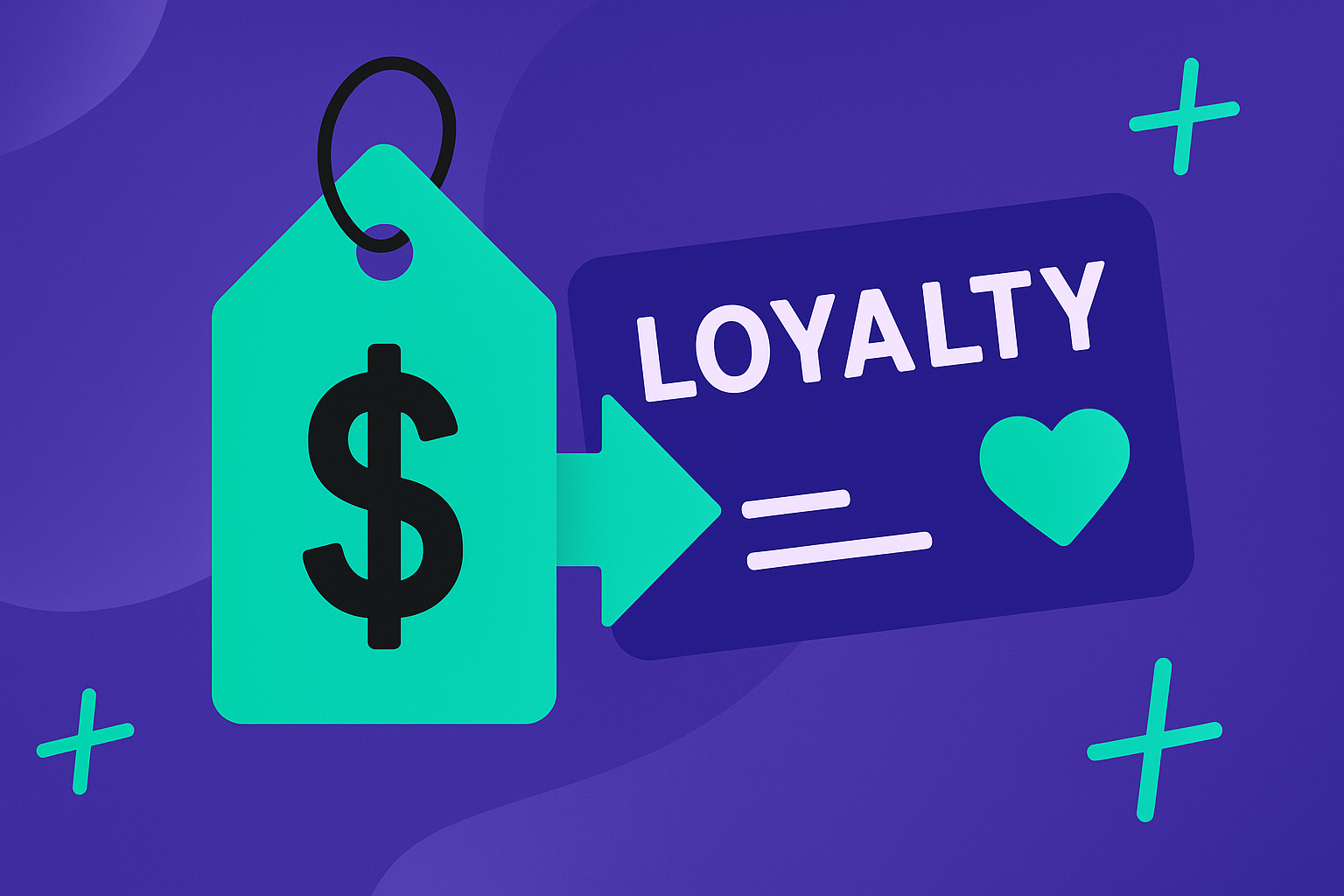In the booming global ecommerce market, brands and merchants are increasingly embracing cross-border ecommerce, finding new opportunities to expand their customer base and tap into new markets. In an era driven by digital revolution and international ecommerce, this strategy is critical to succeed and thrive.
Understanding Cross-Border Ecommerce
Cross-border ecommerce involves online sales between a business and a consumer based in different countries. It's an integral part of the international trade ecosystem, allowing businesses to extend beyond domestic boundaries and capture potential customers worldwide.
For brands in Canada and the USA, cross-border ecommerce represents a strategic opportunity. They share not just geographical proximity but also cultural similarities, making the transition smoother for businesses venturing into the cross-border e-commerce market.
Cross-border ecommerce is a fast-growing segment of online commerce, with studies projecting a compound annual growth rate of over 27% from 2020 to 2026. Customers are the driving force encouraging ecommerce businesses to expand across borders.
A sizeable portion of online shoppers in the USA and Canada were already engaged in cross-border ecommerce, attracted by factors such as better product availability, attractive prices, and the appeal of international brands.
Leading Players in the Field
Among the power players in the arena of cross-border ecommerce, four names prominently stand out – Amazon, Alibaba, Walmart, and The Bay. These platforms are transforming the way brands and merchants do business, providing a comprehensive ecommerce platform where sellers can easily list their products, leverage various payment methods, including credit card and PayPal, and reach a global market.
Amazon and Alibaba are renowned globally for their ecommerce prowess. Amazon, an American giant, provides an extensive global network and a diverse array of products. Its intuitive interface, advanced search algorithm, and customer-centric policies make it a favourite among sellers aiming for international expansion. Alibaba, the Chinese counterpart, has revolutionized the cross-border business landscape by connecting sellers directly with manufacturers, thereby reducing costs and fostering a competitive market environment.
Walmart, a name synonymous with retail, has also made significant strides in the digital sphere. Its online platform facilitates seamless cross-border transactions, combining the reliability of a traditional retail experience with the convenience of online shopping. Walmart's robust logistics and supply chain networks are added advantages for sellers aiming to reach customers across borders.
The Bay, or Hudson's Bay, is a cherished Canadian establishment. It has embraced the digital revolution by providing a user-friendly online marketplace for both domestic and international customers. The Bay's commitment to quality and customer satisfaction makes it an attractive platform for sellers intending to venture into cross-border ecommerce.
These platforms offer comprehensive services for sellers, including easy product listing, an array of payment methods like credit card and PayPal, and expansive customer reach; they also enable online stores to manage ecommerce transactions in the customers local currency. They not only simplify the complexities of international trade for businesses but also present them with an opportunity to expand their customer base and grow in the global ecommerce market. They continue to evolve, adopting new technologies and adjusting to market trends, solidifying their position at the forefront of the cross-border ecommerce revolution.
Risks and Rewards
With potential rewards come inherent risks. International business ventures need to grapple with customs clearance, shipping costs, tariffs, and tax laws of foreign markets. The challenges also encompass ensuring data privacy, managing exchange rate fluctuations, and offering multilingual customer service.
The complexity of international payment systems and third-party logistics services, as well as warehousing, can add to operational hurdles. Yet, with careful planning, these obstacles can be navigated successfully. ReturnBear is one of Canada’s leading return management solutions offering cross-border reverse logistics for international brands.
The Roadmap to Cross-Border Ecommerce
To launch a cross-border ecommerce strategy, brands should:
- Conduct Market Research: Explore the target market's landscape and consumer behaviour.
- Select Products: Determine what to sell based on local preferences and trends.
- Localize Your Website: Make sure your ecommerce platform offers local language, currency, and functionality to enhance the customer experience.
- Follow Regulations: Comply with local business laws and tax regulations.
- Streamline Reverse and Operations: Partner with third-party logistics providers, like ReturnBear to handle shipping, customs, and/or returns. For example, see how The Bay partnered with ReturnBear.
- Enhance Customer Service: Establish a customer service operation to address queries and complaints effectively.
Exploring cross-border expansion through platforms like Amazon, Shopify, and Alibaba is one the quickest ways entrepreneurs can set up their business for international expansion. The platforms do most of the leg work, they have built the foundations to sell globally and optimize the ecommerce sales journey for international customers.
Cross-Border Selling: The Future of Ecommerce
The increased digital connectivity and a growing number of online shoppers have paved the way for the rise of cross-border ecommerce. It allows businesses to diversify their revenue streams, reduce market saturation risk, and foster innovation. The pandemic has further accelerated this trend, propelling a surge in online businesses and sales.
In the realm of cross-border business, it's crucial to understand the role of World Customs Organization (WCO). By adhering to WCO's guidelines, businesses can ensure smooth transactions and build trust, essential for success in international markets.
As brands venture into cross-border purchases, they can seize the opportunity to transform their local business into a global phenomenon. Although cross-border ecommerce requires a lot of dedication and resources in order to run effectively and smoothly it also offers substantial rewards for those ready to adapt and innovate in new markets. With the right combination of cross-border logistics, ecommerce platforms, SEO, social media marketing brands can attract new customers and scale the profitability of their business.
If you’re considering expanding your business cross-border and need help managing returns, reach out to our team at ReturnBear. We’ll walk you through the process, explain how we can save you time and money — up to 60% on the cost of return shipping!













.jpg)






%20(1).jpg)







































